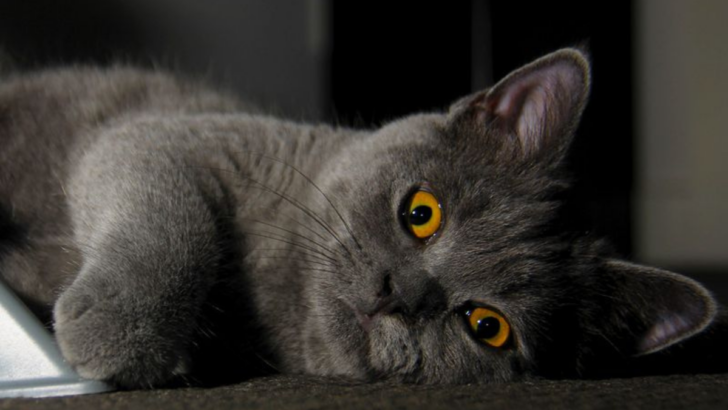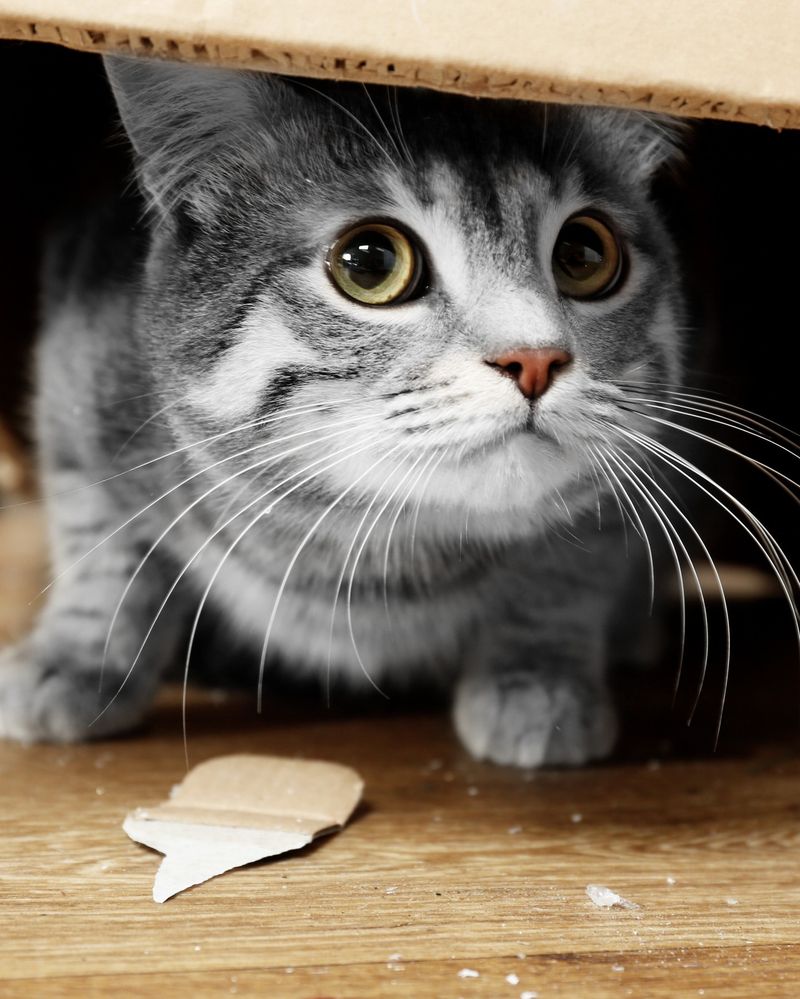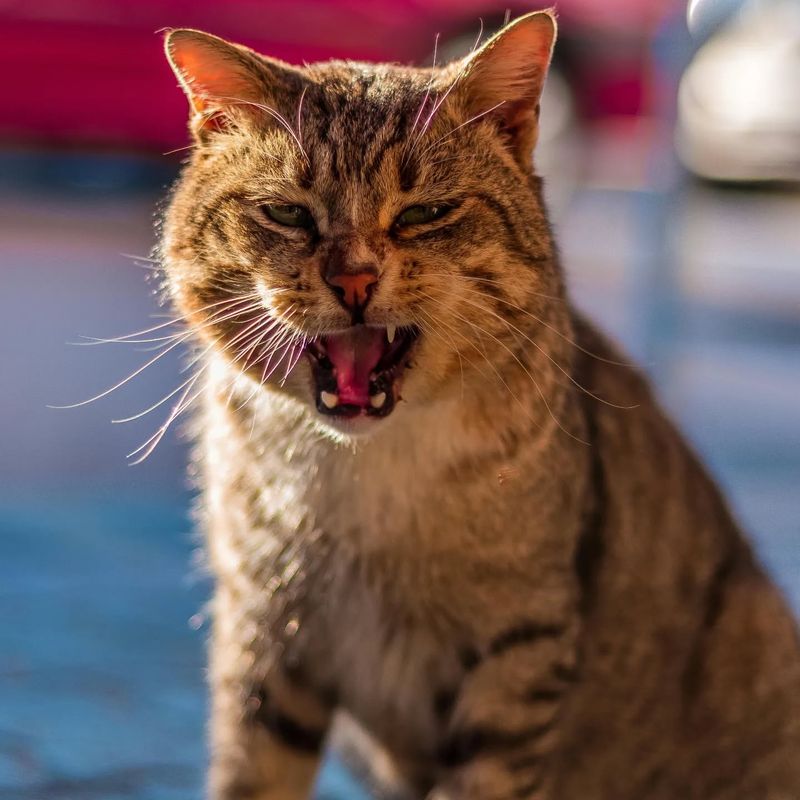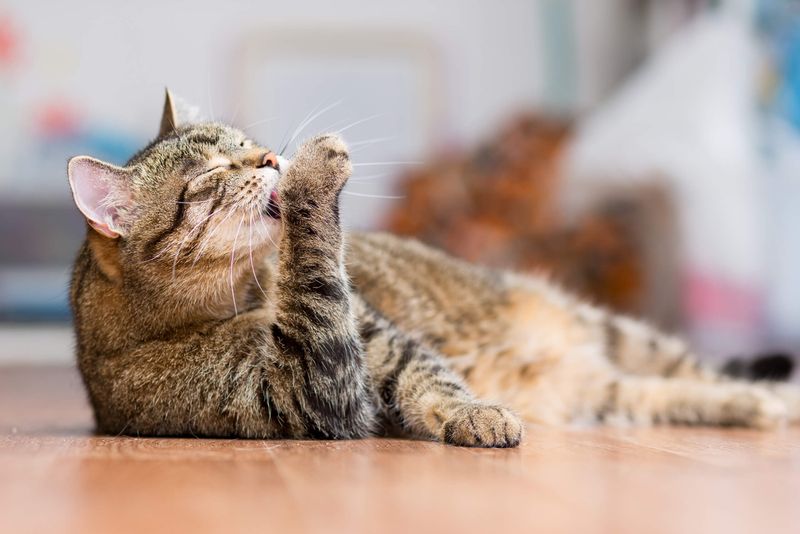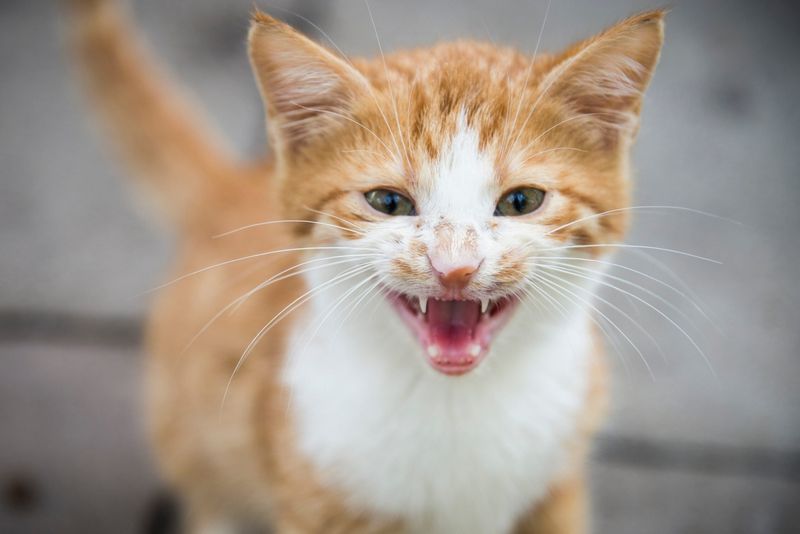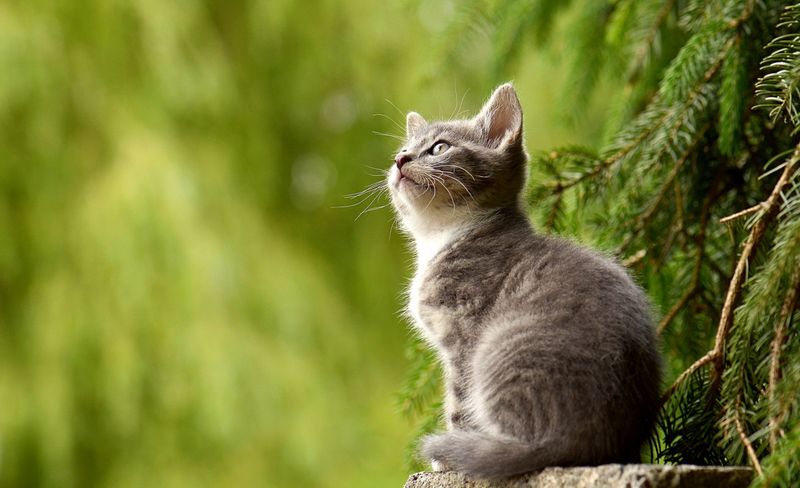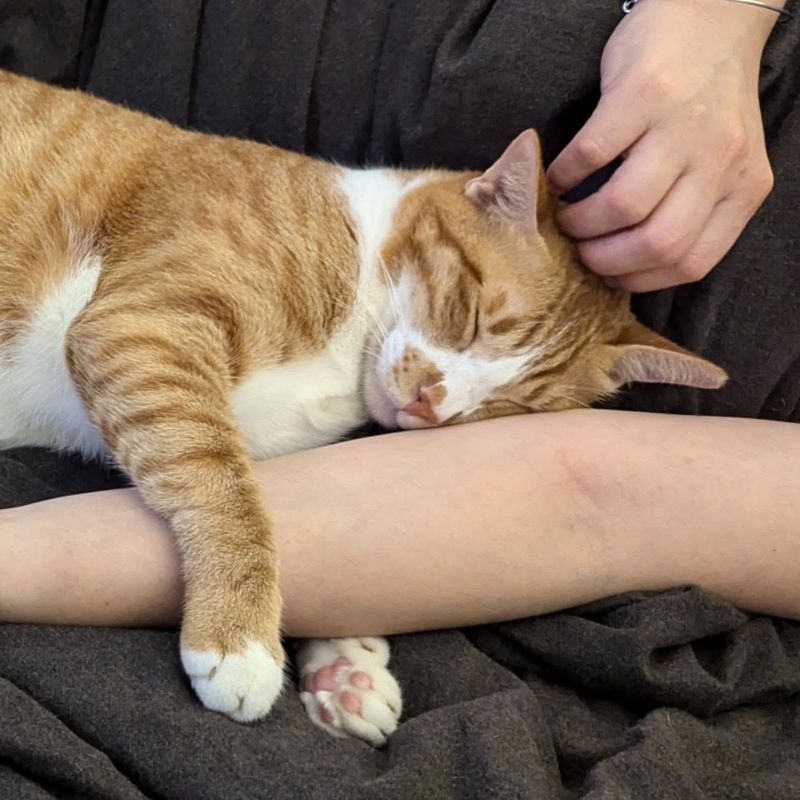Cats, like humans, can experience trauma from a variety of situations that disrupt their sense of security. Events such as loud noises, aggressive encounters, or sudden changes in their environment can leave lasting emotional and behavioral impacts. Recognizing these signs early is essential to providing the care and reassurance they need to heal.
Traumatized cats may exhibit behaviors like hiding, excessive grooming, or sudden aggression, signaling their distress. Physical cues, such as a lowered posture or dilated pupils, can also indicate fear or anxiety. Understanding these warning signs helps create an environment that fosters recovery and rebuilds trust.
We’ll highlight 10 signs that a cat may be traumatized and provide practical steps to support their emotional well-being. From creating safe spaces to using positive reinforcement, these strategies can help them feel secure and loved once again. A compassionate approach is key to helping your feline friend overcome their fears.
1. Hiding Frequently
When cats are traumatized, one of the first behaviors they might exhibit is hiding frequently. This behavior is rooted in their instinct to seek safety in enclosed spaces. If your feline friend is spending more time under the bed or in closets, it could be a sign that they’re trying to cope with stress.
To help, make sure they have a safe and quiet space to retreat to, free from loud noises and sudden movements. Gradually encourage them to explore by placing their favorite toys outside their hiding spot. Patience and understanding are key in helping them feel secure again.
2. Aggression or Irritability
When a cat hisses, bites, or scratches more than usual, it might be speaking the silent language of past trauma. These defensive reactions are often rooted in feelings of fear or insecurity, revealing an underlying struggle for safety and trust.
It’s important not to punish them for this behavior, as it could exacerbate their fear. Instead, try to identify and remove any stressors that might be triggering these responses. Offering them treats and speaking in a calm, soothing voice can also help ease their tension. Over time, with trust-building exercises, their aggression should diminish.
3. Loss of Appetite
A sudden disinterest in food can be a silent cry for help, signaling that a cat may be dealing with trauma. Stress and anxiety often disrupt their eating habits, potentially leading to weight loss and other health concerns if left unaddressed.
To entice them to eat, try offering their favorite foods or warming up their meals slightly to enhance the aroma. It’s crucial to ensure they stay hydrated during this period. If the lack of appetite persists, consulting a veterinarian is advisable, as they can offer further guidance and support. Re-establishing a regular feeding routine can help restore their sense of normalcy.
4. Excessive Grooming
When a cat grooms excessively, it may be more than just a quirk—it’s often a sign of stress or trauma. This behavior, much like a human fidgeting or biting their nails, can be their way of coping with anxiety. Over time, it might result in bald patches or skin irritations, signaling the need for attention and care.
To help, ensure they have engaging toys to distract them from over-grooming. Regular play sessions can also provide an outlet for their stress. Additionally, consulting with a vet may help identify any underlying health issues and advise on calming products that can alleviate stress.
5. Changes in Litter Box Habits
Noticeable changes in litter box habits can indicate a traumatized cat. If they start urinating or defecating outside the box, it might reflect their discomfort or fear.
First, rule out any medical issues by consulting a vet. If health isn’t the issue, consider any recent changes in the household that could be causing stress. Make sure the litter box is clean and in a quiet, accessible location. Providing multiple litter boxes might also help. Understanding their needs and maintaining a consistent routine will reassure your cat and help them readjust to using the litter box properly.
6. Vocalization Changes
Traumatized cats may show changes in vocalization, such as increased meowing, growling, or yowling. These sounds can be a cat’s way of expressing distress and seeking comfort.
Try to identify any stressors in their environment that could be causing this behavior. Providing interactive toys and spending quality time can help reassure them. Speaking in a calm and gentle voice can also soothe their nerves. If vocalization changes persist, it might be beneficial to consult an animal behaviorist to better understand your cat’s needs and develop a tailored plan to help them feel safe.
7. Sudden Avoidance of People
When a once-affectionate cat starts retreating into the shadows, avoiding even their favorite humans, it’s often a sign of trauma. This sudden withdrawal may stem from fear or broken trust, the lingering echoes of a negative experience.
Building trust is essential. Allow your cat to approach you on their terms, and offer treats as positive reinforcement. Avoid forcing interactions, as this could increase their anxiety. Creating a calm and predictable environment can help your cat feel more at ease, gradually reducing their avoidance behavior. Over time, patience and gentle interactions will rebuild the trust and bond you once shared.
8. Restlessness or Hyperactivity
A cat that paces, fidgets, or erupts into sudden bursts of energy might be revealing a deeper struggle. Restlessness or hyperactivity often signals underlying stress or trauma, manifesting as a physical response to their inner unease.
To help your cat, provide plenty of physical and mental stimulation through toys, scratching posts, and interactive play. Engaging their mind and body can channel their energy positively and reduce anxiety. Creating a relaxing environment with soft lighting and soothing music may also help them calm down. Consistent routines and regular playtime can provide the stability they need to regain their sense of peace.
9. Excessive Sleeping
While cats are known for sleeping a lot, a traumatized cat may sleep excessively as a way to escape stress or anxiety. This increased sleep might be a coping mechanism to avoid interaction or stimulation.
To encourage activity, try engaging them with interactive toys or puzzle feeders that stimulate their curiosity and energy. It’s essential to respect their need for rest but also to provide opportunities for play and exploration. Gradually, they’ll begin to balance their sleep and play, regaining interest in their surroundings and activities. Consulting a vet can also rule out any health issues.
10. Excessive Clinginess or Seeking Attention
Clinging to their human like a lifeline, some cats reveal their inner turmoil through constant demands for attention. This overwhelming need for reassurance often stems from deep-seated fear or insecurity, painting a vivid picture of their emotional struggle.
Providing a consistent and secure environment helps them feel more confident. Regular playtime and gentle petting sessions can reinforce your bond and provide the comfort they seek. Establishing a routine where they know they will receive attention at certain times can help manage their clingy behavior. Over time, this balance will aid in alleviating their anxiety and building independence.
